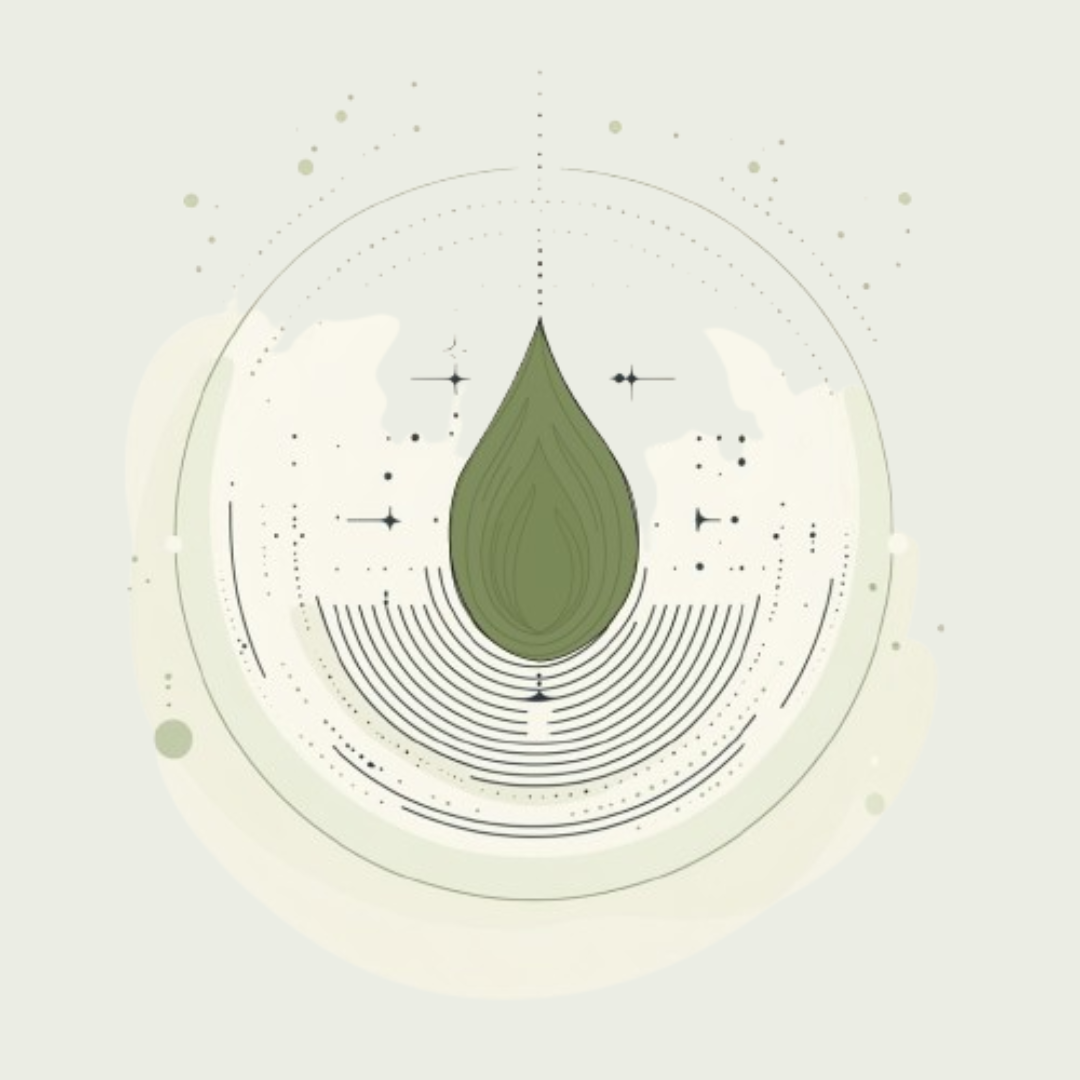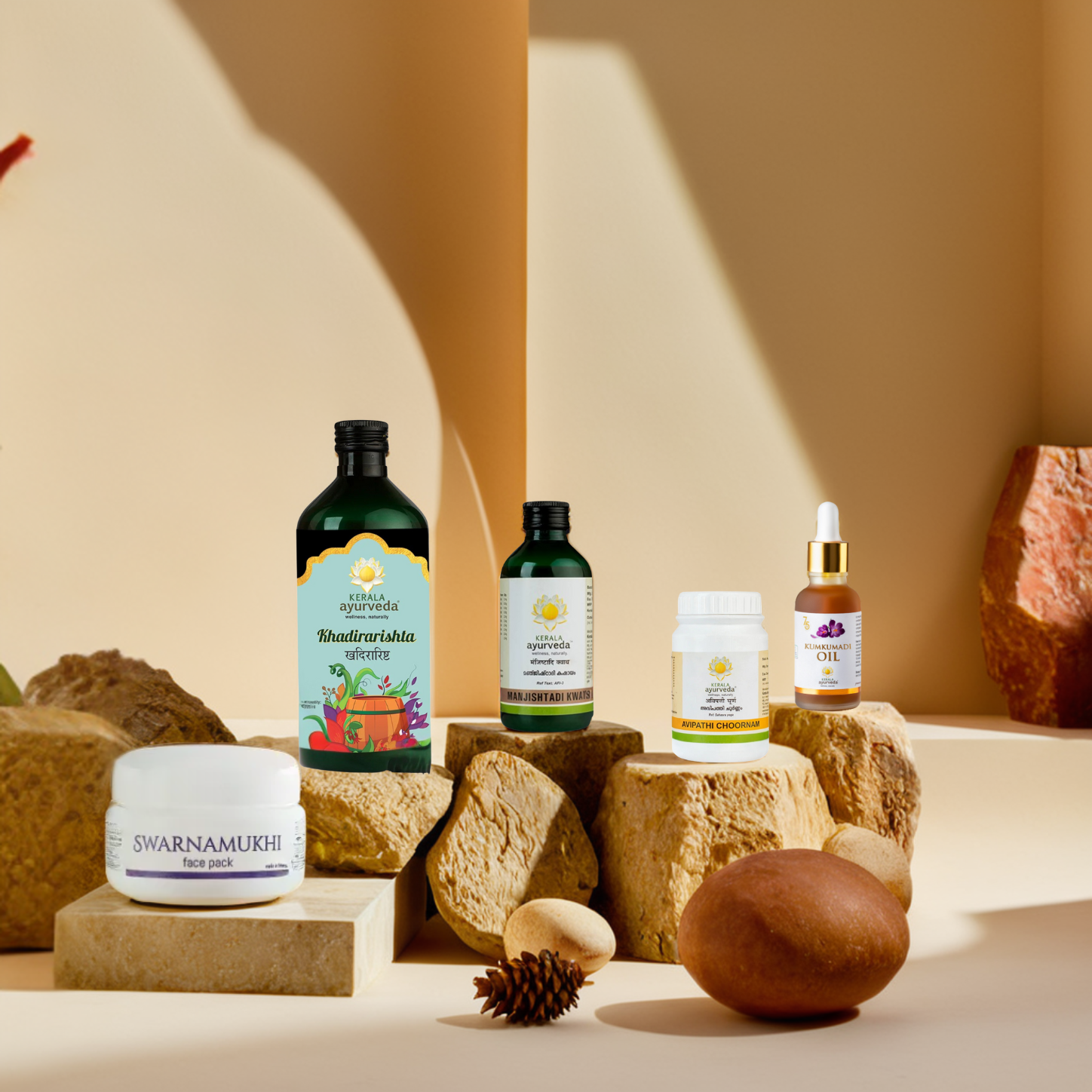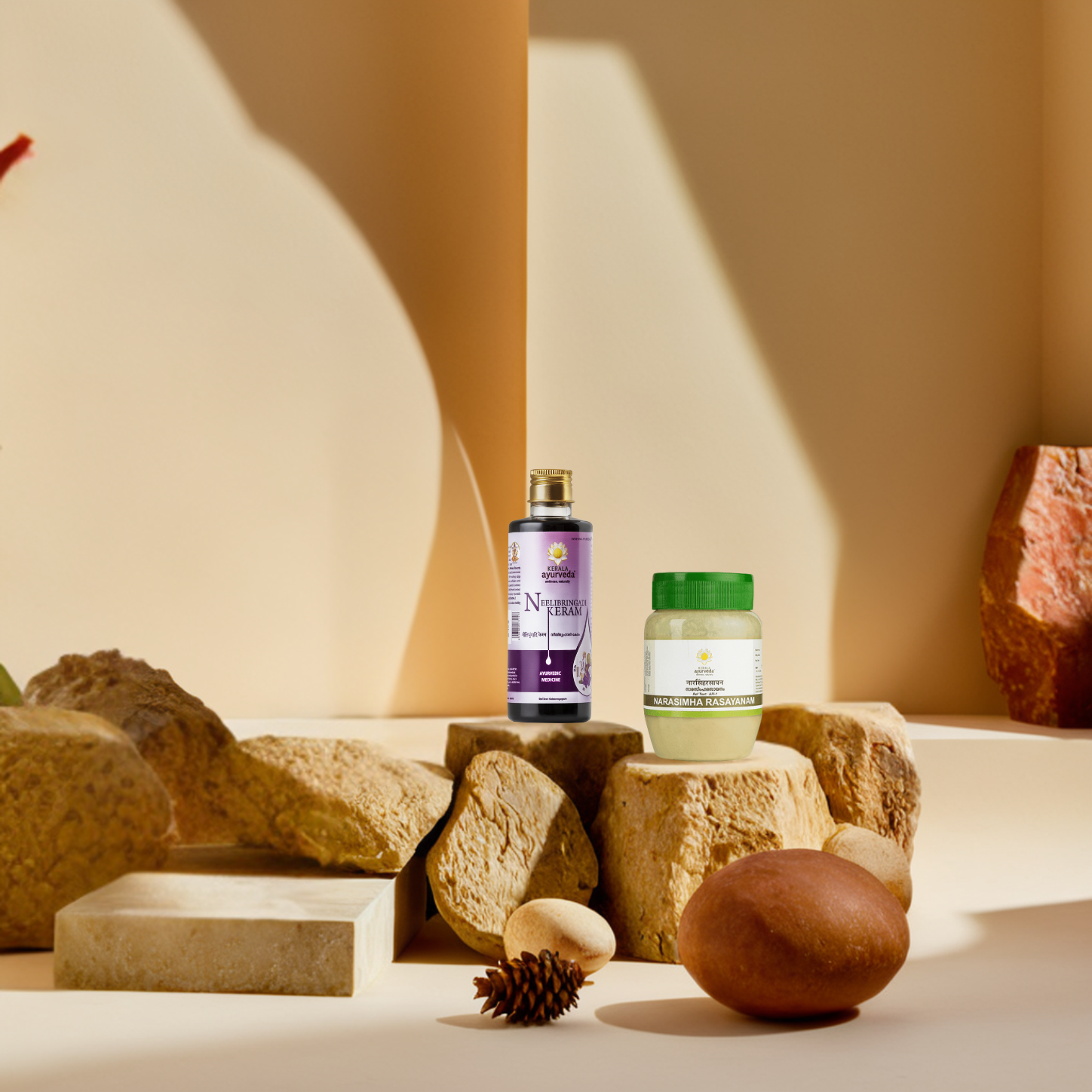You wake up feeling drained, even after a full night’s sleep. Climbing a flight of stairs leaves you breathless, and by midday, concentration feels like a battle. You brush it off as stress or a busy lifestyle, but what if the real issue runs deeper, right down to your blood?
Hemoglobin, the oxygen carrier in your red blood cells (RBCs), plays an important role in keeping you energized and alert all day. When hemoglobin levels drop, it simply means less oxygen reaches your muscles, brain, and vital organs. Yet, millions unknowingly live with low hemoglobin, experiencing persistent fatigue, dizziness, and weakness without realizing why.
While iron supplements are often the go-to solution, they don’t always address the underlying cause. Research highlights the importance of nutrition, digestion, and overall blood health in maintaining optimal hemoglobin levels. Ayurvedic principles have long recognized this connection, offering dietary and herbal solutions that complement modern approaches to maintaining healthy hemoglobin levels.
What is Hemoglobin? Definition and Normal Levels
Hemoglobin is the oxygen delivery system of your body. It helps your blood carry oxygen from your lungs to your body and brings carbon dioxide back to your lungs to breathe out.
Normal Hemoglobin Levels
Hemoglobin levels naturally fluctuate due to various factors like menstruation and pregnancy in women, as well as low-iron intake through diet, increased physical activity in athletes, and aging.
Since hemoglobin relies on iron for oxygen transport, these fluctuations are often linked to changes in iron levels in your body. While these variations are normal, identifying them early can help detect potential imbalances. The typical range for normal hemoglobin levels is as follows:
- Men: 13.5–18.0 g/dL
- Women: 12.0–15.0 g/dL
- Children: 11.0–16.0 g/dL (varies with age)
- Pregnant women: Above 10.0 g/dL
Low hemoglobin makes it harder for your body to carry oxygen, causing fatigue and weakness. But don’t worry, low hemoglobin is quite common and often improves with the right diet, lifestyle, and natural remedies.
How to Tell if Your Hemoglobin is Low: Signs to Watch For
Low hemoglobin means your red blood cells aren’t carrying enough oxygen in your body, which can leave you feeling tired, weak, or short of breath. Anemia is when your hemoglobin is consistently low, often alongside a reduced number of red blood cells. While low hemoglobin is a key sign of anemia, it doesn’t always mean you have it.
According to research, the most common symptoms of low hemoglobin and anemia are as follows.
|
Symptoms |
Low Hemoglobin (Hb levels between 10–12 g/dL) |
Anemia (Hb below 10 g/dL) |
|
Fatigue |
Feeling tired after a long day, but gets better with rest. |
Exhausted even after 8 hours of sleep, struggling with daily tasks. |
|
Shortness of Breath |
Winded after climbing stairs, but normal otherwise. |
Breathless during simple activities like walking. |
|
Dizziness |
Lightheaded if you skip a meal or stand up quickly. |
Frequent dizziness, even while sitting or lying down. |
|
Pale Skin |
Looking slightly dull/tired in the mirror. |
Noticeable paleness in lips, gums, or hands. |
|
Cold Hands & Feet |
Hands and feet feel colder than usual |
Always cold, even in warm weather. |
|
Heart Palpitations |
Heart races post-exercise; settles with rest. |
Rapid or irregular heartbeat without any exertion. |
|
Brittle Nails/Hair Loss |
Slight hair thinning or weak nails. |
Noticeable hair fall or nails curving inwards (spoon-shaped). |
Low hemoglobin can make everyday life feel harder than it should. It is always a good idea to get the CBC (Complete Blood Count) Test to check your Hb levels.
While supplements are an option, many seek natural ways to support their body internally. Ayurveda offers natural herbs and remedies that help maintain healthy hemoglobin levels with minimal or no side effects.
How Does Ayurveda Explain Low Hemoglobin (Pandu Roga)?
According to Ayurvedic texts like the Charaka Samhita, Pandu Roga (anemia) arises due to imbalances in Pitta dosha, which governs digestion, metabolism, and nutrient transformation in the body.
When the digestion fire (Agni) is weak, even iron-rich foods may not be properly absorbed, leading to poor blood formation. The Ayurvedic approach focuses on strengthening digestion and enhancing nutrient absorption rather than just increasing iron intake.
How Can You Boost Hemoglobin Levels Naturally?
Iron is the most essential nutrient for hemoglobin production, but its absorption depends on how it is consumed. Iron is available in two forms:
- Heme Iron: Found in animal-based foods, it has high bioavailability (absorption).
- Non-heme Iron: Found in plant-based sources, its absorption is lower but can be significantly improved when paired with vitamin C-rich foods. Without sufficient vitamin C, the body may struggle to absorb and utilize non-heme iron effectively.
Let’s explore both forms.
Plant-Based (Non-heme) Iron with Vitamin C
While plant-based iron is abundant, its absorption is influenced by other compounds in your diet. Phytates (found in oats, barley, and soybeans) and tannins (in tea and coffee) can restrict iron absorption, while vitamin C helps counteract this effect. Pairing iron-rich foods with vitamin C ensures better uptake and supports healthy hemoglobin levels:
1. Beetroot & Amla: A powerful combination, beetroot helps increase iron levels, while amla (rich in vitamin C) enhances iron absorption, making it more effective for boosting hemoglobin.
How to Consume: Mix 1 tablespoon of amla powder (widely available in Ayurvedic stores and online) with ½ cup of fresh beetroot juice (blended beetroot) and drink daily on an empty stomach.
2. Leafy Greens: Spinach, kale, and other leafy greens are packed with non-heme iron, but their absorption improves significantly when paired with vitamin C.
How to Consume: Squeeze fresh lemon juice over a serving (about 1 cup cooked) of spinach or kale before eating.
3. Black Sesame Seeds: Black sesame seeds are rich in iron and can naturally boost hemoglobin and support blood health.
How to Consume: Grind 1–2 tablespoons of black sesame seeds into a powder and mix with honey or warm water, or sprinkle on your meals.
4. Moringa (Drumstick) Leaves/Powder: Moringa (Drumstick) is a nutrient powerhouse rich in iron, supporting healthy hemoglobin levels. It also contains vitamin C, which enhances iron absorption.
How to Consume: Add fresh drumsticks to curries and dals, or sauté moringa leaves (available in Ayurvedic stores or online) for stir-fries or parathas, or brew dried leaves into herbal tea.
Plant-based iron sources play a significant role in maintaining healthy hemoglobin levels. Some people may also benefit from heme iron (animal-based), which is naturally more bioavailable (nutrient absorption).
Animal-Based (Heme) Iron Sources
Ayurveda mainly recommends iron-rich plant foods but doesn’t completely reject heme iron (found in heme sources). It simply takes a holistic approach, focusing on digestion, balance, and overall health— not just iron intake.
Found in lean meats like chicken, fish, or red meat, heme iron is highly bioavailable and can offer a quick boost in hemoglobin levels.
How to Consume: Incorporate 2–3 servings (each about 3 ounces) of these lean meats into your weekly meals for an efficient iron boost.
Did You Know? Cooking in iron pots can boost your iron intake, as trace amounts leach into food. Next time you're making soup, stew, or dal, try using an iron pot!
Ayurvedic Tonics to Improve Hemoglobin Levels
Ayurvedic formulations, paired with diet, can naturally support hemoglobin and help manage anemia. Kerala Ayurveda offers two key Ayurvedic solutions that naturally boost iron levels and support healthy blood formation.
1. Iogen Syrup: Ayurvedic Iron Supplement
Iogen Syrup is a natural, iron-rich formulation that combats anemia and supports hemoglobin levels. Unlike conventional supplements that may cause poor absorption and digestive discomfort, Iogen is a non-constipating tonic that combines iron with absorption-enhancing ingredients for better effectiveness.
Recommended Dosage:
- Adults: 1–2 tbsp (15–25 ml) twice daily after meals.
- Children: 1 tsp (5 ml) twice daily after meals.
2. Draksharishta Arishtam: Purifies Blood and Relieves Anemia
Draksharishta Aristham is a traditional Ayurvedic tonic made from fermented grapes, known for its blood-purifying and iron-boosting properties. It helps improve hemoglobin levels by naturally enhancing iron absorption and supporting overall vitality.
Dosage:
- Adults: 2–3 teaspoons (15–25 ml) twice daily after meals.
- Children: 1–2 teaspoons (5–15 ml) twice daily after meals.
How Can a Good Lifestyle Improve Hemoglobin Levels?
Ayurveda emphasizes daily habits to naturally support red blood cell production and overall well-being. Simple practices like yoga, breathing exercises, and detox therapies can make a big difference.
1. Yoga and Pranayama
Practicing yoga and controlled breathing (pranayama) for 15–20 minutes daily can improve circulation, oxygen delivery, and red blood cell production.
Poses like Sarvangasana (Shoulder Stand), Viparita Karani (Legs-Up-The-Wall Pose), and Bhujangasana (Cobra Pose) support blood flow and nutrient absorption, while Anulom-Vilom and Nadi Shodhana (Pranayama practices) enhance oxygen levels and overall vitality.
2. Daily Routines (Dinacharya)
Maintaining a balanced daily routine helps optimize hemoglobin levels. Eating iron-rich foods during peak digestion (midday) enhances absorption, while Abhyanga (warm oil massage) nourishes the body and improves circulation. Proper rest (7–8 hours of sleep) and stress management through regular physical activity (walking, jogging) or meditation prevent imbalances that could affect blood health and overall vitality.
Read More: How to perform a self-massage or Abhyanga with oil
Conclusion
Ayurveda takes a holistic approach to improving hemoglobin levels by addressing the root causes of anemia rather than just its symptoms. With the right combination of iron-rich foods, Ayurvedic herbs, and simple lifestyle practices such as yoga and pranayama, you can naturally support red blood cell production and enhance iron absorption.
For those seeking a natural yet effective way to boost hemoglobin, Iogen Syrup and Draksharishta Aristham offer Ayurvedic solutions that support red blood cell health without digestive discomfort. Explore these Ayurvedic products to naturally support your well-being.
FAQs
1. Can stress or poor sleep affect hemoglobin levels?
Yes, chronic stress (persistent stress) and poor sleep increase the risk of anemia as they disrupt iron absorption and red blood cell production, which can lower hemoglobin levels over time.
2. Does dehydration lower hemoglobin levels?
Excessive dehydration can falsely elevate hemoglobin levels in tests, while chronic (persistent) dehydration may affect blood volume and circulation, thus lowering hemoglobin levels.
3. Can intermittent fasting impact hemoglobin levels?
Prolonged fasting without balanced nutrition may reduce iron intake, but mindful fasting (with well-spaced meals and avoiding overly long fasting periods) can support blood health.
4. Are there any Ayurvedic massages that improve blood circulation and hemoglobin levels?
Yes, Abhyanga (Ayurvedic oil massage) improves circulation, nourishes tissues, and aids in maintaining healthy blood flow.





